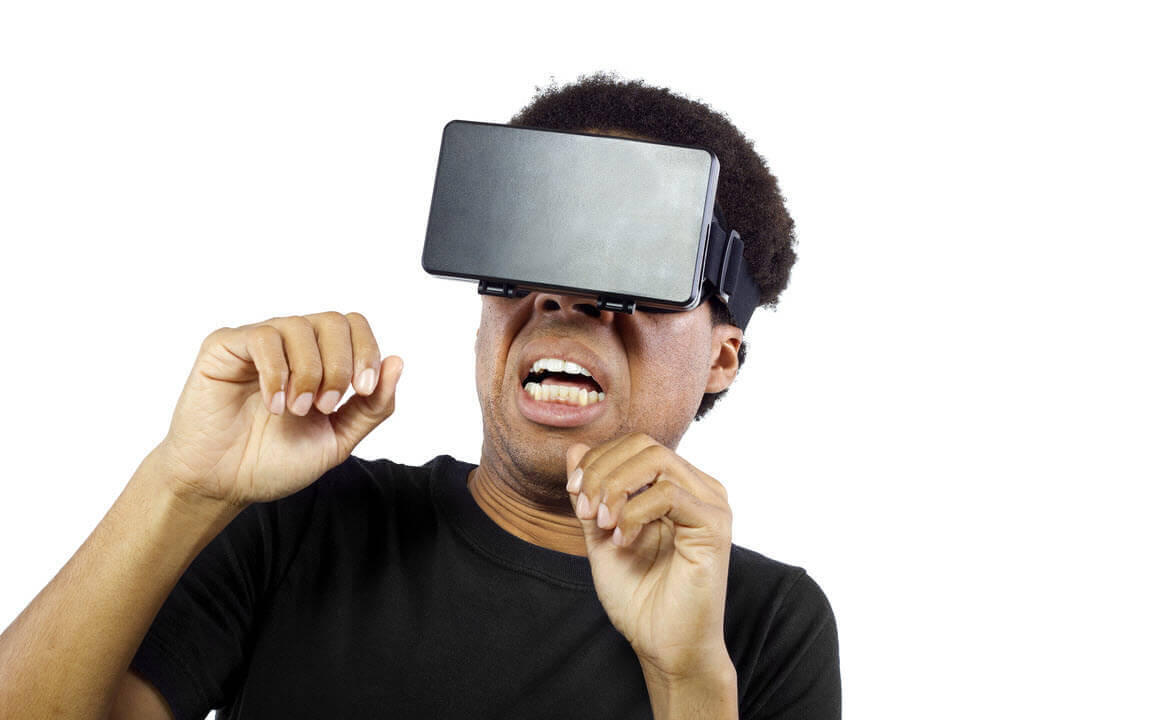It would be safe to say I have a love/hate relationship with technology. We’re living in an age in which it’s possible to receive crystal-clear high-definition pictures of a planet more than a billion miles away, yet my satellite television signal is interrupted when a bird flies over the dish. That’s why when Andrew, our Chief Digital Officer, suggested everyone in the office try the latest advancement in virtual reality (VR), Google Cardboard, I had very low expectations. As a member of Generation X, I’ve been promised VR for a good portion of my life, and the results were usually lame—but not this time.
Google Cardboard is exactly what it sounds like. It’s made out of cardboard, and it costs around $15. After putting it together, you download the Cardboard app to your smart device. I was instantly impressed—and I was only on the demo menu! You get a fully immersive 360-degree experience with smooth transitions. Of course, there are other apps you can download, so I tried the Star Wars app, Infiniti Test Drive and a roller coaster app. All three had me giggling, and for a time, I forgot I was at my desk, looking like a big doofus (thank goodness for tall cubicle walls).
But this new technology has more practical purposes other than childlike amusement—or gaming. For example, Indian interior design company HomeLane currently uses the Cardboard for before and after designs in the country’s growing home décor industry. The technology also is being embraced throughout the educational field, from helping students explore the world with assistance from Google Earth to enticing prospective college students with virtual campus tours. (Cardboard is very student-friendly because of its low price tag.) Perhaps the greatest potential impact for this technology, however, is in the medical field. Check out this CNN article about a doctor in Miami who used the technology to save the life of an infant born with major defects to her heart and lungs.
So it would seem that VR technology is starting to head in the direction I was promised as a teenager. (The only negative with the Cardboard is that I started to feel a headache coming on, but I’m certain that came about because I kept the thing plastered to my face for 10 solid minutes.) I’m positive it’ll be even better by Christmas 2016, when more devices and apps will compete for our eyeballs. Now, if I can only find a way to pick up my Wi-Fi in a room that’s 30 feet away from the router.









